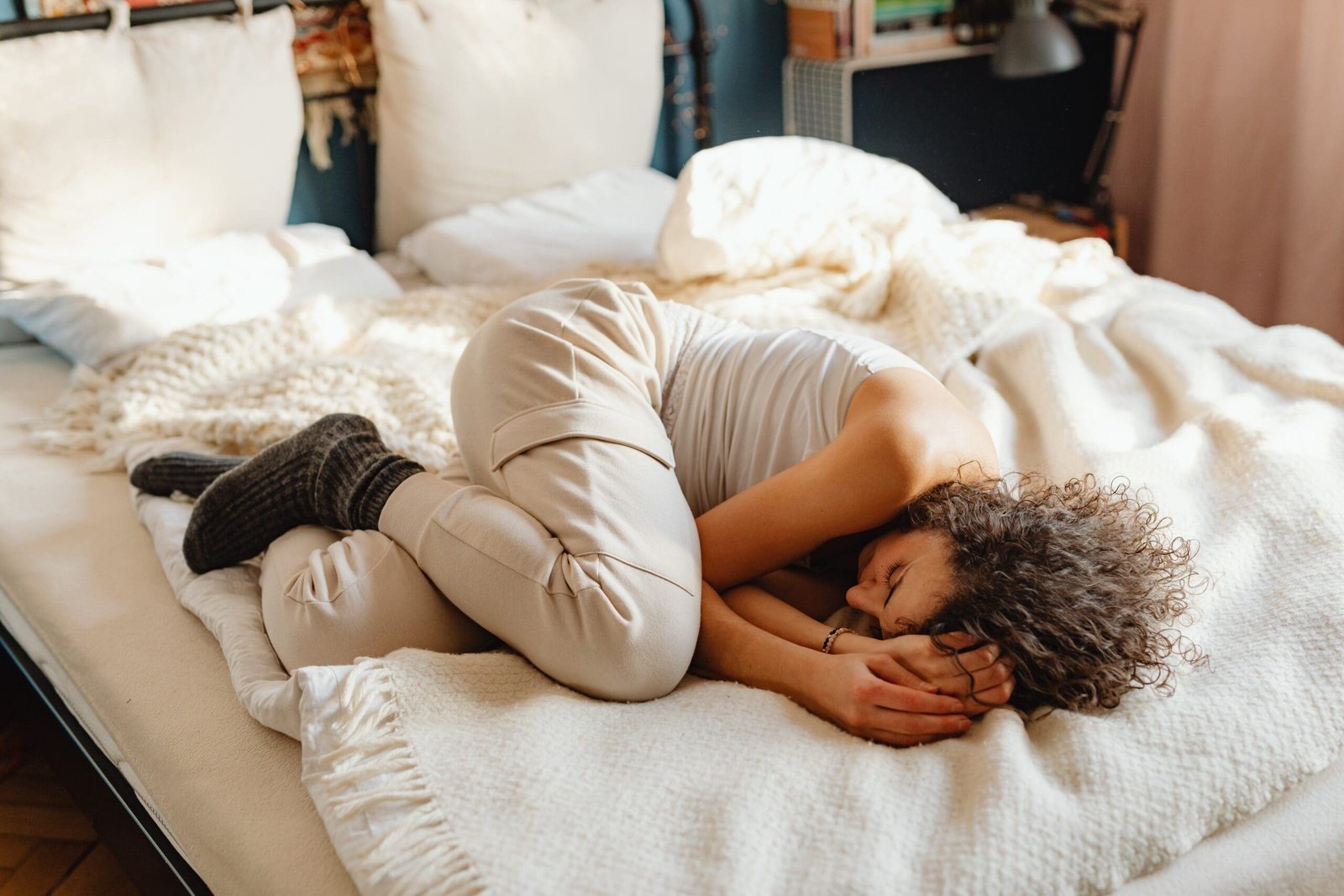The Link Between Sleep Positions and Your Personality
Introduction
We all know sleep is essential, but did you ever think about how the way you sleep might reveal something about your personality? Professor Chris Idzikowski, a renowned sleep expert heading the Sleep Assessment and Advisory Service, has devoted his career to this fascinating subject. His research, as featured by the BBC, investigates the connection between common sleep positions and the unique personalities they might uncover. In this in-depth exploration, we’ll dive into the intricate relationship between sleep positions and the characteristics they may disclose.

Chapter 1: Understanding the Science of Sleep
Before we get into the intriguing world of sleep positions and personalities, let’s first grasp the science behind sleep. Sleep isn’t just a passive state of rest; it’s a dynamic process divided into several stages, including REM (Rapid Eye Movement) and non-REM sleep.
- The Sleep Stages: Sleep comprises two main stages: REM and non-REM sleep. REM sleep involves vivid dreams, while non-REM sleep further breaks down into four stages, each serving different functions like physical recovery and memory consolidation.
- The Vital Role of Sleep: Sleep plays a pivotal role in physical health, cognitive function, and emotional well-being. It aids in memory formation, regulates hormones, and supports the immune system.
Chapter 2: Common Sleep Positions
Now that we’ve got the science down, let’s explore the various sleep positions people commonly adopt:
- The Fetal Position:
- Description: Curled up on your side with knees drawn toward your chest.
- Prevalence: About 41% of people prefer this position.
- Personality Traits: Fetal sleepers tend to be introverted, sensitive, and somewhat shy. They may appear tough on the outside but often have a soft, nurturing side.
- The Log Position:
- Description: Lying on your side with arms straight down by your sides.
- Prevalence: Approximately 15% of people sleep in the log position.
- Personality Traits: Log sleepers are often seen as social and easygoing. They are generally trusting but can sometimes be gullible.
- The Soldier Position:
- Description: Sleeping on your back with arms at your sides.
- Prevalence: About 8% of people choose the soldier position.
- Personality Traits: Soldier sleepers are typically reserved and disciplined. They hold themselves and others to high standards.
- The Starfish Position:
- Description: Lying on your back with arms up near your head.
- Prevalence: This position is favored by around 5% of sleepers.
- Personality Traits: Starfish sleepers make great friends; they are good listeners and always willing to lend a helping hand.
- The Freefall Position:
- Description: Lying face down with arms wrapped around the pillow and head turned to the side.
- Prevalence: Approximately 7% of people sleep in the freefall position.
- Personality Traits: Freefall sleepers are often outgoing, extroverted, and brimming with confidence. However, they can be sensitive to criticism.
Sleep plays a pivotal role in physical health, cognitive function, and emotional well-being.”
“The way you sleep can offer intriguing insights into your personality traits, as well as influence your overall sleep quality and health.”
Chapter 3: Deciphering Your Personality Through Sleep Positions
Now, let’s uncover how these sleep positions might reveal hidden aspects of your personality.
- The Fetal Position:
- Introverts at Heart: Fetal sleepers tend to be introverted and reserved. They may take a bit of time to open up to others but form deep and lasting connections once they do.
- A Protective Shell: Sleeping in the fetal position can suggest a desire for protection and security. It’s a way of subconsciously guarding oneself from the world.
- The Log Position:
- Social Butterflies: Log sleepers are known for their friendly and sociable nature. They’re the life of the party and tend to have a wide circle of friends.
- Vulnerability to Trust: While their social skills are impressive, log sleepers might be too trusting, occasionally leading to vulnerabilities.
- The Soldier Position:
- Disciplined and Controlled: Soldier sleepers value discipline and order in their lives. They often excel in their careers due to their strong sense of responsibility.
- The Weight of Expectations: Holding themselves and others to high standards can occasionally lead to stress and perfectionism.
- The Starfish Position:
- The Friendly Listener: Starfish sleepers are excellent listeners and friends. They’re always there when you need a helping hand or a shoulder to lean on.
- Hidden Talents: Despite their willingness to help others, starfish sleepers often downplay their own abilities and talents.
- The Freefall Position:
- Bold and Outgoing: Freefall sleepers exude confidence and aren’t afraid to take risks. They’re often the first to try new things.
- Sensitivity Underneath: While appearing tough on the surface, freefall sleepers can be sensitive to criticism and may have a fear of failure.
Embrace your unique sleep position and enjoy the journey of self-discovery it brings. Sweet dreams!
Shifting from one sleep position to another can take time. Gradually introduce changes to avoid discomfort.
Chapter 4: The Influence on Sleep Quality and Health
Apart from personality traits, your sleep position can also impact your health and overall sleep quality. Understanding these effects can help you make informed choices about your sleep posture.
- Snoring and Sleep Apnea:
- Back Sleepers: Those who sleep on their backs are more prone to snoring and sleep apnea due to the tongue and soft palate collapsing to the back of the throat, partially blocking the airway.
- Acid Reflux:
- Side Sleepers: Sleeping on your left side can help reduce the likelihood of acid reflux symptoms, as it keeps the lower esophageal sphincter elevated.
- Back and Neck Pain:
- Stomach Sleepers: Sleeping on your stomach can strain your neck and spine, potentially leading to pain and discomfort.
- Wrinkles and Skin Health:
- Face-Down Sleepers: Those who sleep with their face pressed into a pillow may develop wrinkles over time due to the constant pressure on their skin.
Chapter 5: Changing Your Sleep Position
If you’re interested in modifying your sleep position for better sleep or to explore potential changes in your personality traits, here are some tips to help you transition to a new position:
- Take It Slow: Shifting from one sleep position to another can take time. Gradually introduce changes to avoid discomfort.
- Use Supportive Pillows: Employ pillows to support your new sleep position and make the transition more comfortable.
- Choose the Right Mattress: Consider a mattress that complements your preferred sleep posture, providing adequate support and comfort.
Discover more from EMMOCEB
Subscribe to get the latest posts sent to your email.






